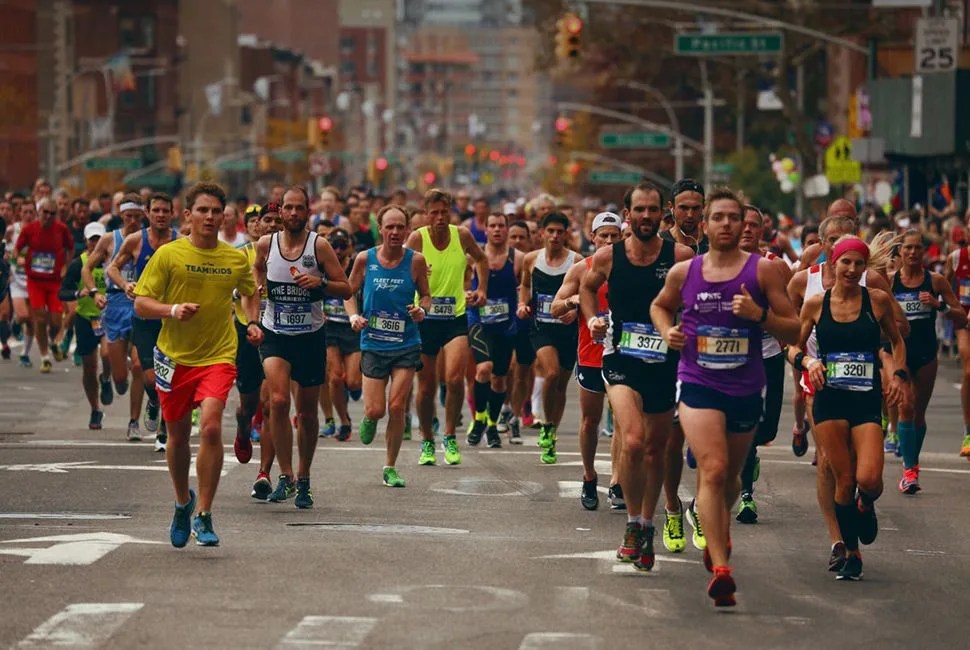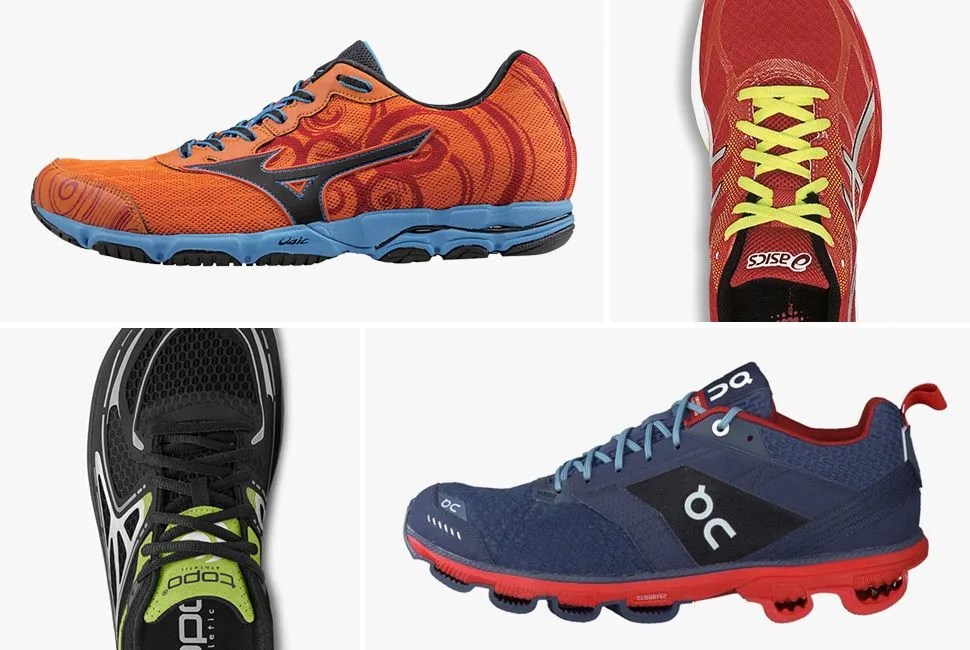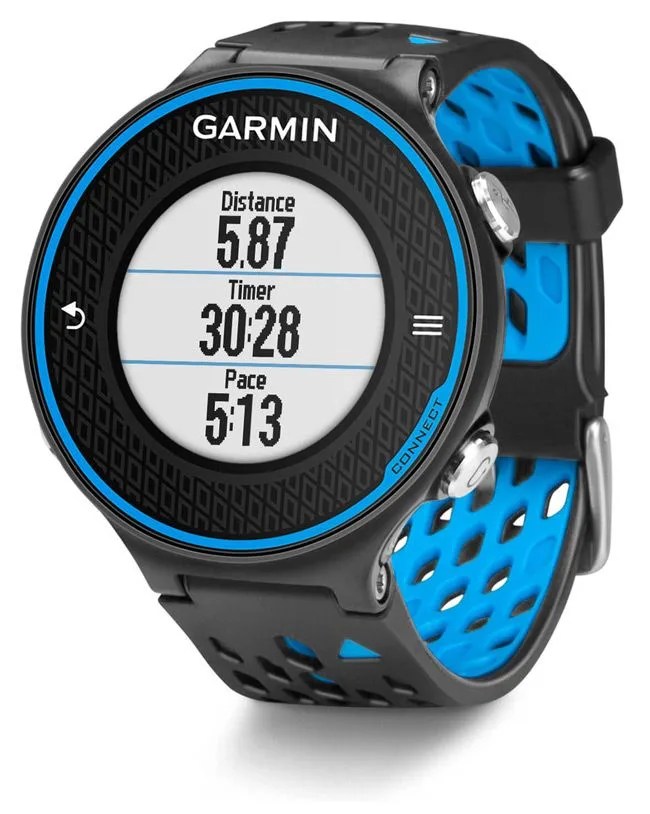The invite came innocuously enough, an email among the watershed of daily emails. “Join Asics on an incredible four-month journey to share in all the fun and excitement of running 26.2 miles at the world’s largest marathon.” First thought: Sounds fun; sounds exciting. Second thought: Do I deserve this? Third thought: Shut up, second thought.
Marathon emotions run sporadically. And here, at the start of what would be a four-month journey, I had the cynical thought that as a fit and active 30-year-old, I shouldn’t take freebie access to a marathon that people work decades to qualify for. Then again, a 30-minute disparity between a 2:53:00 qualifying time for my age group (Men’s 18-34) and a Personal Record (PR) of 3:22:58 loomed. But then, all kinds of things can happen in life, and isn’t it rude to reject an invitation to a fun running party? Plus, carpe diem; one should never turn down an invitation to the TCS NYC Marathon.
The other selling point for taking the plunge was four months of support during training, meaning at-large coaching, quadruple shoe tests, trying out GPS tracking, an opportunity to run an international half-marathon, and encouragement while grinding out hundreds of miles. That meant an opportunity for me, a relatively minimalist runner, to try out some other perks of the marathon journey. Then, of course, there was the lure of running the damn thing on a November morning with a million of my neighbors out supporting the racers. The journey proved to be long and varied, and along the way, change came in surprising revelations, which can be categorized into five digestible snippets. Here’s what I learned.
What Coach Says Goes
This was the first time I worked with a coach. Coach Andrew Kastor, who works with elite distance runners, set up a training plan (here’s my adapted-to-Google-Sheets version) and sent along encouraging emails periodically (“I wanted to take this time to pass along some motivational words to all of you. We can all use a little motivation from time to time.” Very true, Coach.). In addition to the pat motivational quotes and the exuberant optimism, the biggest nicety of a coach was having an authoritative person to follow.
During training in the past, there was a bit of ambiguity over whether the yellow-brick training plan was actually leading to Oz. With a coach, one trusts more that the route one follows is the right path. Kastor took a balanced approach to things, too, and mostly, his support was there to rein in any crazy ideas I had — e.g.: Can I replace runs with bike rides? “Why do you want to get on the bike? …I like to keep the weekly running mileage up.” Can I do all my runs on trails? It’s softer. “About 10 to 15 percent of your weekly volume should be done on the pavement/roads to help beat up your legs a little bit.” I’m tired, can I take a day off? “A marathoner pretty much needs to be in a constant state of fatigue, so going into a workout tired is not such a bad thing.” Very true, Coach.


